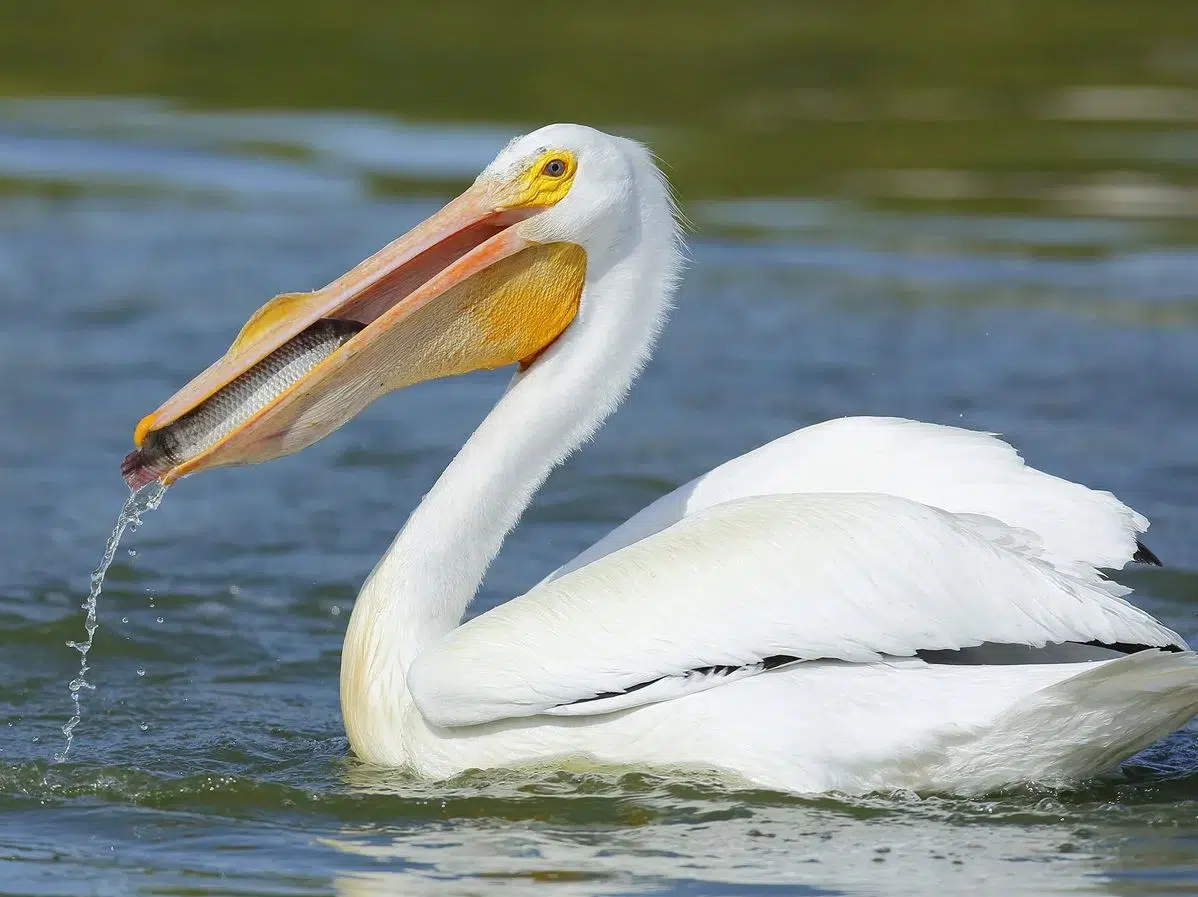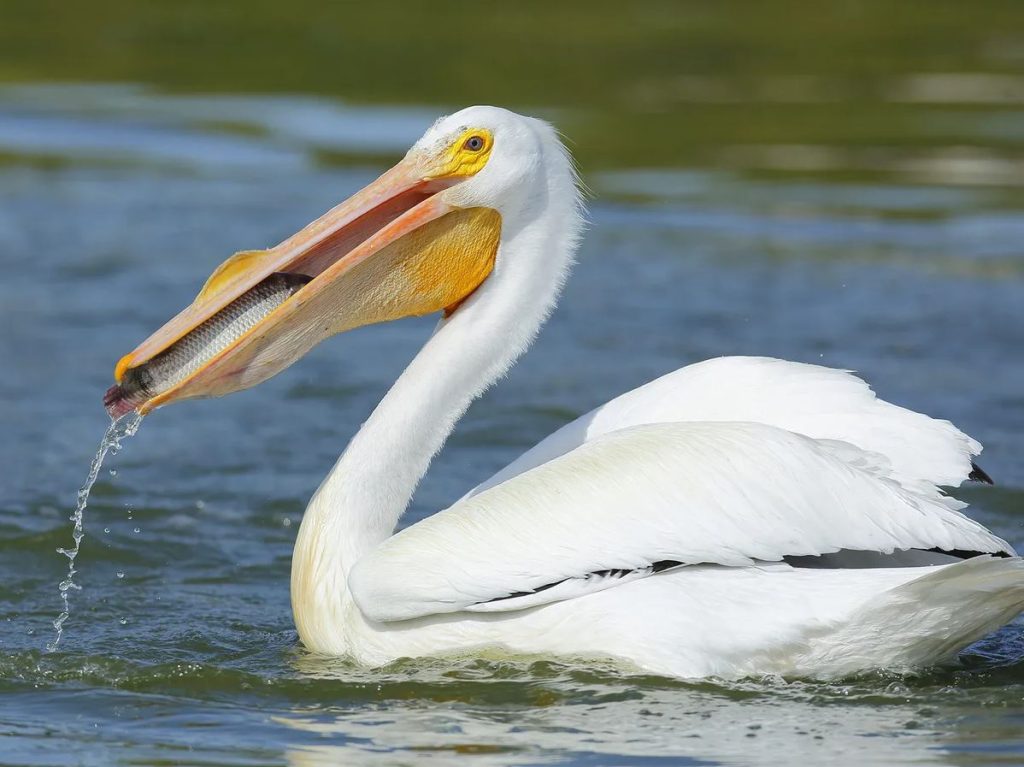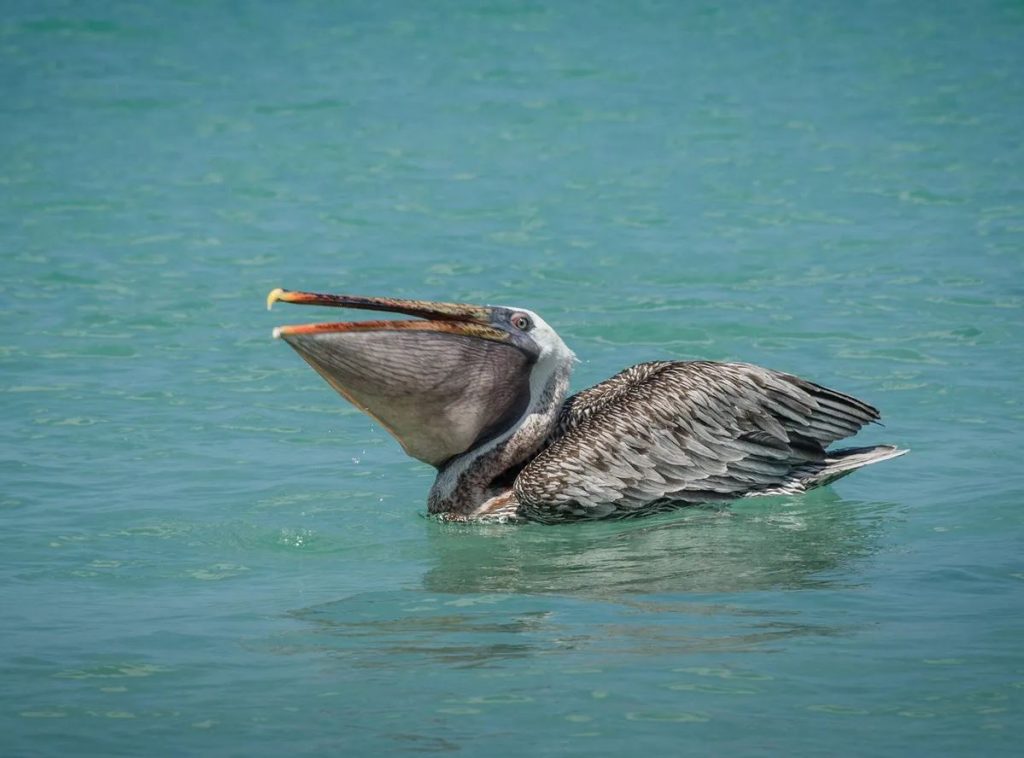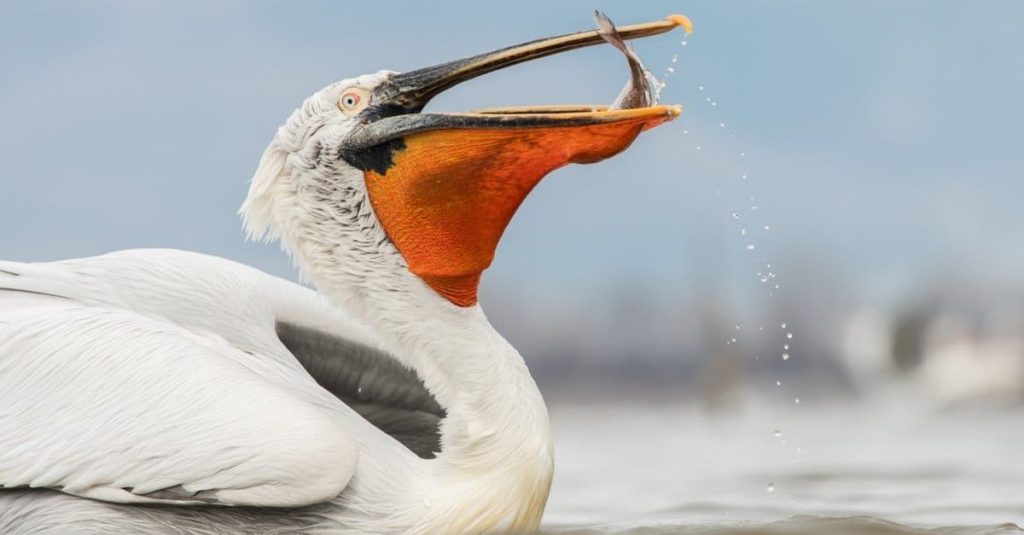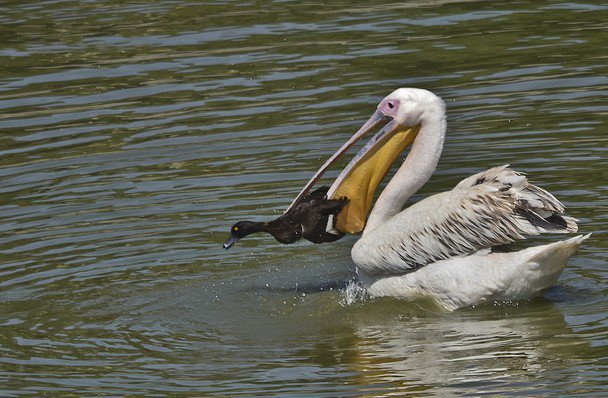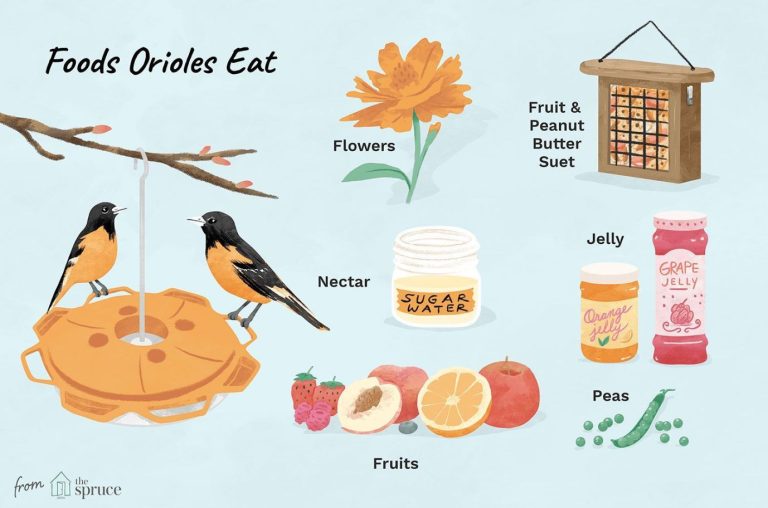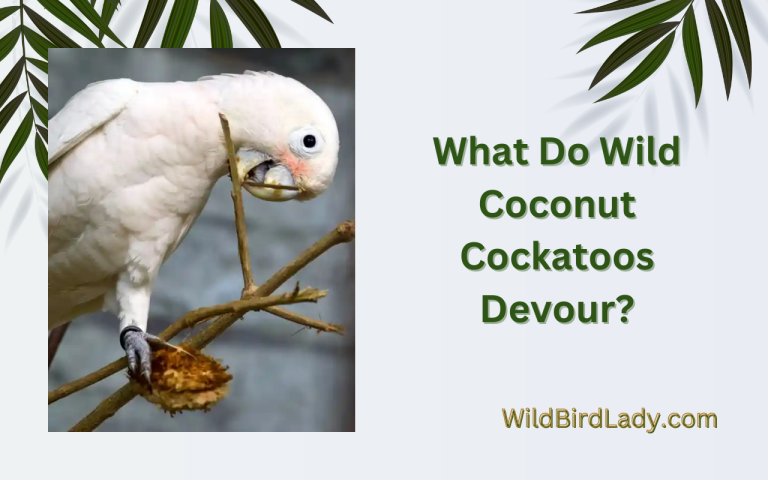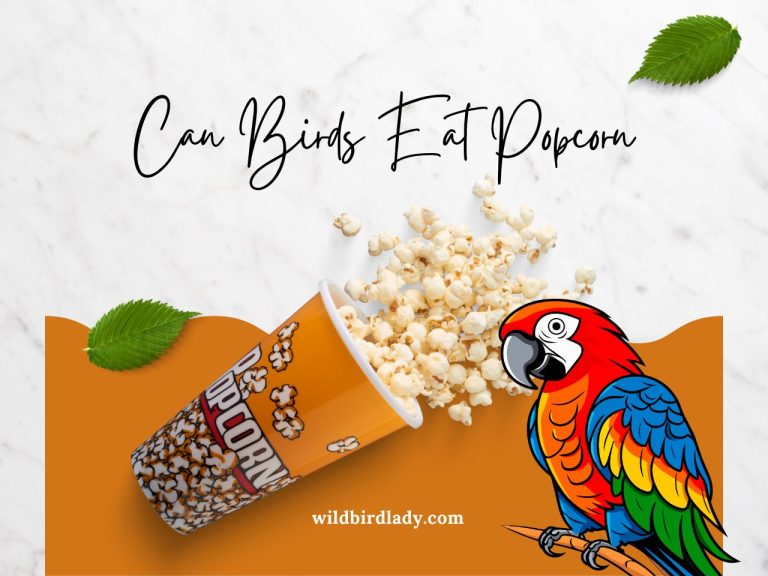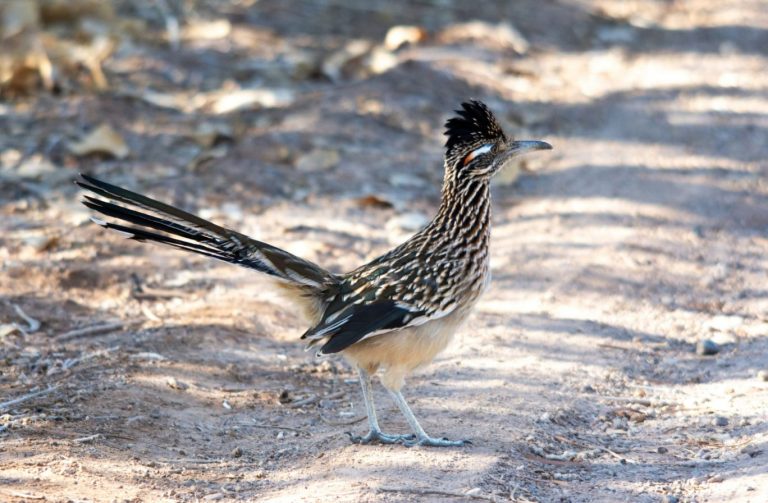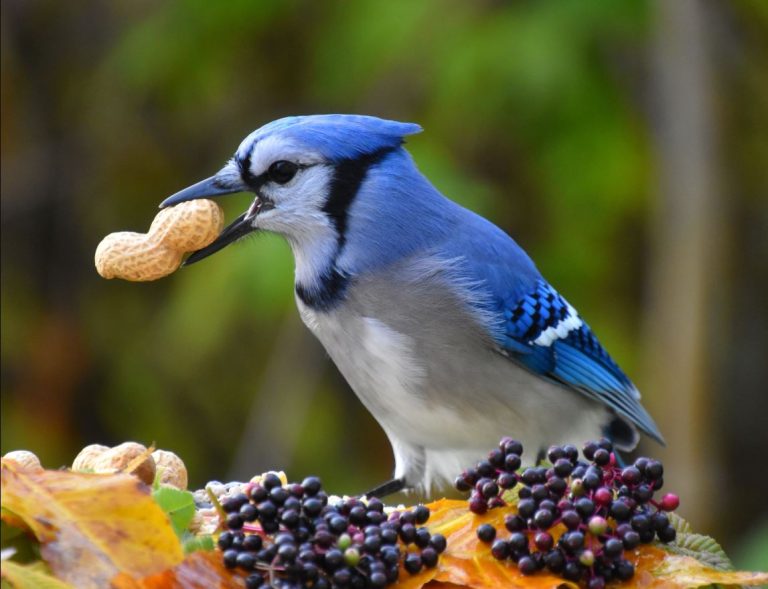What Do Pelicans Eat in the Wild vs. Captivity? Full Diet Breakdown
Few birds captivate like the pelican. With their oversized bills and coordinated fishing tactics, these waterbirds are as fascinating to study as they are to watch. Over the years, I’ve followed pelicans across coastlines, lakes, and even zoos—and one question I frequently get is: What do pelicans eat? Whether in the wild or captivity, pelican food habits tell an incredible story of adaptation and survival.
In this article, I’ll walk you through the complete pelican diet, comparing what they eat in natural habitats versus controlled environments like wildlife centers or zoos. Let’s dive deep—pun intended.
Overview: The Basics of Pelican Feeding
Pelicans are carnivorous birds that primarily consume fish. However, their diet can extend beyond just aquatic prey. These birds are opportunistic feeders, meaning they’ll adjust their diet based on what’s available.
Pelican Species Covered in This Guide:
There are eight species of pelicans globally, but the most commonly observed include:
- American White Pelican
- Brown Pelican
- Australian Pelican
- Great White Pelican
- Dalmatian Pelican
Though they vary in size and habitat, their feeding styles and preferences overlap significantly.
What Do Pelicans Eat in the Wild?
In the wild, pelicans feed in open water—rivers, lakes, coastal lagoons, or the open sea. Their diet reflects the local biodiversity.
Primary Diet: Fish (Up to 95% of Their Diet)
Pelicans love fish, and their diet can include:
- Menhaden
- Anchovies
- Mullet
- Sardines
- Carp
- Catfish
Species like the Brown Pelican are known for their dramatic plunge-diving technique, capturing small schooling fish near the ocean’s surface.
Meanwhile, the American White Pelican doesn’t dive. Instead, it uses a cooperative method: groups of pelicans herd fish into shallow water, then scoop them up with synchronized precision.
🪶 According to the U.S. Fish and Wildlife Service, American White Pelicans consume up to 4 pounds of fish per day, depending on availability and energy needs.
Source: U.S. Fish and Wildlife Service – Pelican Fact Sheet
Secondary Diet Components (5–10%)
While fish dominate the wild pelican diet, they’re not picky eaters when food is scarce.
Amphibians and Crustaceans
- Frogs
- Salamanders
- Crayfish
- Small crabs
Reptiles and Birds
In rare cases, pelicans have been observed swallowing small turtles and even young birds.
One striking behavior I witnessed in coastal Louisiana was a Brown Pelican swallowing a juvenile gull. Though unsettling, this kind of opportunism is well-documented during lean times.
Carrion and Scavenging
Pelicans may feed on dead fish or scraps discarded by fishermen, especially near harbors.
Unique Feeding Behaviors in the Wild
Group Hunting
American White Pelicans often fish in coordinated lines, flapping wings to corral fish. This cooperative feeding is both effective and mesmerizing to watch.
Plunge Diving
Brown Pelicans are the only pelican species known to dive headfirst from up to 60 feet high. Their air sacs cushion the impact, allowing for a clean catch.
🪶 The Cornell Lab of Ornithology notes that Brown Pelicans’ dive-bombing technique is a unique adaptation for targeting fast-moving fish near the surface.
Source: All About Birds – Brown Pelican
What Do Pelicans Eat in Captivity?
In captivity, pelicans don’t hunt. Instead, their diet is managed by zookeepers, often tailored to mimic their natural intake while ensuring health and nutritional balance.
Common Captive Diet Includes:
- Frozen-thawed fish (e.g., herring, smelt, capelin)
- Vitamin supplements
- Occasional amphibians or rodents (to replicate natural variety)
- Gel-based nutrition (high-protein fish mash molded into shapes)
These foods are easier to digest and minimize the risk of parasites often found in wild-caught prey.
🪶 According to a diet guide from the San Diego Zoo, captive pelicans receive 1.5–3 pounds of fish daily, depending on age, activity, and breeding cycle.
Source: San Diego Zoo Wildlife Alliance
Feeding Techniques in Captivity
Pelicans in zoos may be fed:
- Individually (hand-fed to ensure intake)
- In pools (to mimic wild foraging)
- With enrichment tools like floating fish dispensers
The goal is to stimulate natural behaviors while keeping them nutritionally satisfied.
Differences Between Wild and Captive Diets
| Feature | Wild Pelicans | Captive Pelicans |
|---|---|---|
| Main Food Source | Live, wild-caught fish | Frozen fish (thawed), prepared diets |
| Hunting Method | Self-hunting (plunge diving, herding) | None (hand-fed or assisted feeding) |
| Food Variety | Fish, amphibians, birds, carrion | Primarily fish, vitamin supplements |
| Parasite Risk | Moderate to high | Low (food is sanitized and controlled) |
| Nutrient Management | Unpredictable, seasonal | Balanced by caregivers |
How Much Do Pelicans Eat Per Day?
Pelicans require significant daily intake due to their size and energy expenditure.
- Wild pelicans eat 3–4 pounds of fish daily, though this varies with temperature, breeding season, and migration.
- Captive pelicans may receive 1.5–3 pounds daily, carefully adjusted based on individual needs.
Seasonal and Regional Variations
Pelican diets vary dramatically depending on location and time of year.
- Migration seasons bring access to different fish species.
- Breeding season demands more protein-rich food.
- Inland colonies rely on freshwater fish like carp or perch.
- Coastal birds target sardines and anchovies.
Do Pelicans Eat Other Birds?
Though rare, the answer is yes.
In a surprising number of documented cases, pelicans have swallowed:
- Pigeons
- Ducklings
- Gulls
While shocking, this behavior stems from hunger or aggression—not preference. It’s more likely in urban environments where traditional fish prey is limited.
🪶 A study published in the Journal of Avian Biology (2017) observed multiple cases of urban pelicans preying on other birds in European city parks.
Source: Wiley Online Library – Avian Biology
Fun Fact: That Pouch Isn’t for Storage
Many people believe pelicans use their throat pouch to store food. In truth, the pouch is a fishing net, not a lunchbox. Once they catch fish, they tilt their head to drain water before swallowing.
How You Can Help Pelicans Thrive
Whether observing them in the wild or supporting conservation efforts, here’s how you can help:
- Avoid feeding wild pelicans: Human food can be dangerous.
- Don’t leave fishing lines or hooks near water: These can injure their pouches.
- Support wildlife organizations: Many rehabilitate injured pelicans.
- Visit accredited zoos or sanctuaries: Learn more through education and funding.
Final Thoughts from the Field
After over a decade of studying pelicans up close, I’m still amazed by their adaptability. Whether plunge-diving in the Gulf of Mexico or calmly accepting fish from a zookeeper’s hand, these birds embody balance between instinct and environment.
So, what do pelicans eat? The answer depends on their setting—but one thing is clear: their survival depends on our understanding and protection.
Read also: Baby Pelican Facts: What They Look Like, Eat, and How They Grow So Big!
FAQs
What do pelicans eat most?
Pelicans eat mostly fish, which makes up 90–95% of their diet in both wild and captivity.
Can pelicans eat humans?
No. Despite their large bills, pelicans cannot eat anything larger than their throat can handle—and certainly not humans.
Do pelicans ever choke on food?
Yes, but it’s rare. They usually adjust prey before swallowing. Still, objects like fishing hooks can cause fatal blockages.
Is it okay to feed a pelican?
Feeding wild pelicans is strongly discouraged. It disrupts natural behavior and can lead to dependency or illness.
How much does a pelican eat per day?
An adult pelican typically consumes 3–4 pounds of fish daily in the wild and about 1.5–3 pounds in captivity.

